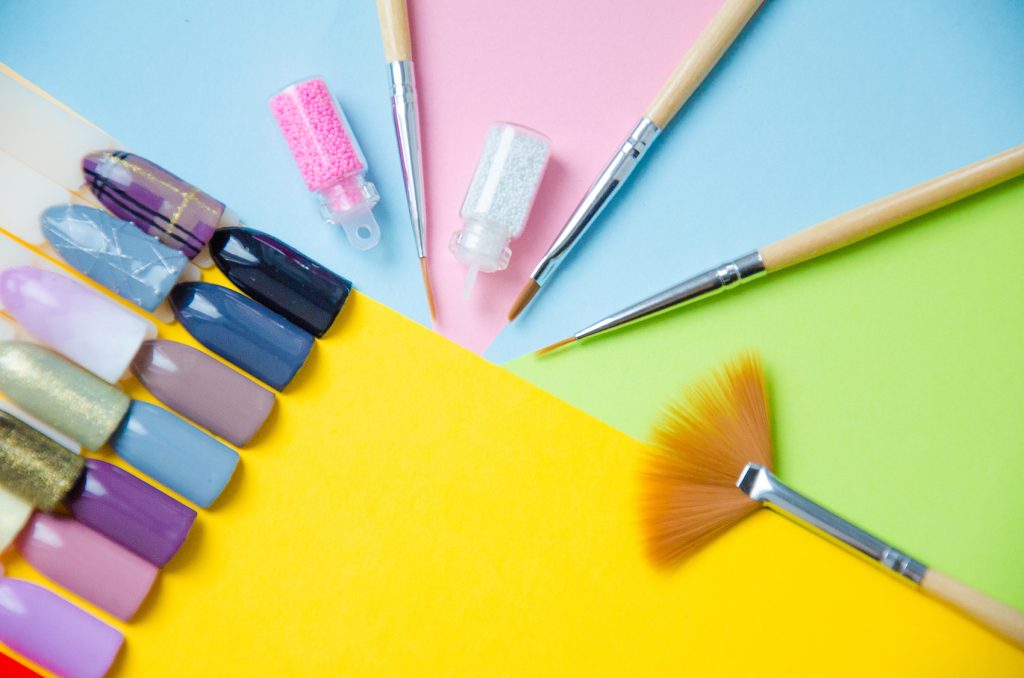Painting your nails is a fun way to express yourself, but regular nail polish has its limitations. If you’re looking to elevate your nail game, acrylic and dip powders offer more durable and versatile options. While these two methods might seem similar, they have key differences that are important to understand before heading to the salon.
Breaking Down the Differences
You might wonder, “Is dip powder the same as acrylic?” While both dip and acrylic nails start with resin-based powders, they’re not the same. They use different formulas and application methods, and applying them correctly requires specific techniques and skills.

Formula
Acrylic powder turns into the hard, colorful nails you see on Instagram through a process where nail technicians use a brush dipped in an activator to wet the powder, making it soft and moldable.
Dip powder, on the other hand, requires both a bonder and an activator. The bonder helps the powder adhere to the nail, preventing it from peeling off once dry. Additionally, dip powder is typically finer than acrylic.
Application
The primary difference between dip and acrylic nails is how they’re applied. As the name suggests, dip nails involve dipping the nail into a powder. This process is relatively quick:
- Apply bonder to the natural nail.
- Dip the nail into the powder.
- Brush off the excess powder.
- Repeat the dipping process until you achieve the desired opacity.
- Apply the activator.
Finally, a top coat is added for extra protection. Each layer of dip powder should be applied thinly to avoid clumping, and usually, two or three dips will achieve a solid look. While traditional dipping is common, many salons now use brushes or pour the powder over the nail for more hygienic application, reducing the risk of contamination.
For acrylic nails, the process begins with gluing plastic false nails to your natural nails. Technicians then apply acrylic in “beads” that are carefully shaped with a brush to create a smooth, even layer. This process can take over 30 minutes but allows for more artistic options, including textured designs.

Similarities in Powders to Create the Look
Both acrylic and dip nails air dry, unlike gel nails that need UV light for curing. Since UV exposure can cause cellular damage and increase the risk of premature aging or skin cancer, some people prefer the air-drying methods of dip and acrylic nails.
Dip and acrylic nails are highly durable, offering a thick, protective layer that’s great for people whose nails are prone to breaking. However, this durability also means they can be difficult to remove. The safest way to remove them is at a salon, where a technician will sand down the top layer and soak the nails in acetone.
Both dip and acrylic nails provide stunning results, so if you enjoy fashion-forward nails, consider trying one or both methods. There’s always a new trend on the rise, ensuring your nails never look dull.






